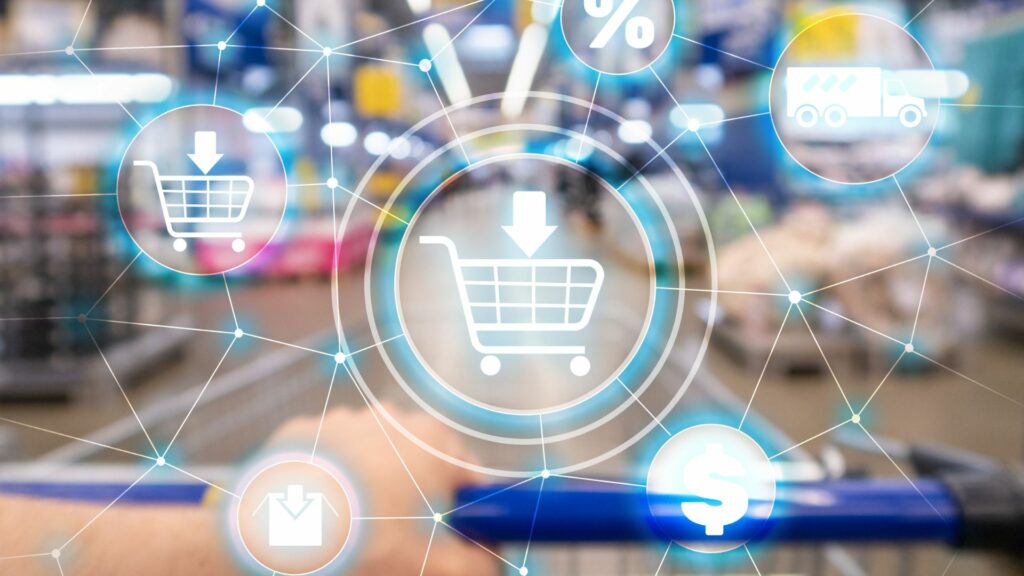Optimizing every element of your Shopify brand brings to mind the timeless adage, “When everything is a priority, nothing is”. This, coupled with the ever-evolving eCommerce landscape, can make it difficult to get the most out of your purchase funnel. To help with this, we’ve compiled our top 4 actionable strategies and insights we’ve seen to be successful for Shopify brands:
- Highlight Your Top Performers: Display your best-selling products prominently on the homepage and relevant collection pages. Research shows that a significant portion of successful merchants generate the majority of their sales from a select few products.
- Don’t Be Afraid to Bundle. We’ve implemented bundling solutions such as Rebuy which does a fantastic job at guiding businesses new to upselling, cross-selling, and bundling. Here are some of the common reasons our merchants set up bundling in their Shopify store:
- Greater Product Selection: This helps maximize AOV by showcasing frequently purchased items, incentivizing customers to add more to their cart with a bundle discount.
- Personalization: Personalizing your product offerings will help increase loyalty, email and SMS open rates, and conversions.
- Cross-Selling: Enhance the customer experience by bundling add-on products with the main product to encourage a higher AOV and a better purchasing experience.

- Experiment with Subscriptions to ensure a reliable and predictable revenue stream enabling better planning. Subscribers tend to be more loyal, leading to long-term retention and increased LTV. This also helps reduce acquisition costs while fostering higher engagement and providing valuable insights into the customer journey.
- Add Product Upsells in the Cart and Post checkout. For example, Malomo sees users coming back 4.6 times on average to track their order. The best pages in the purchase funnel that get the most traction for our clients are typically dynamic landing pages, product upsells in the cart, and product upsells post-purchase.
Implementing these strategies can enhance not only your transactional efficiency but also establish a last connection with your customer. The key to staying on top of the ever-evolving eCommerce ecosystem lies in strategic adaptation and continuous refinement. Unlock the full potential of Shopify by setting up a call with one of our Shopify Plus Professionals here.

